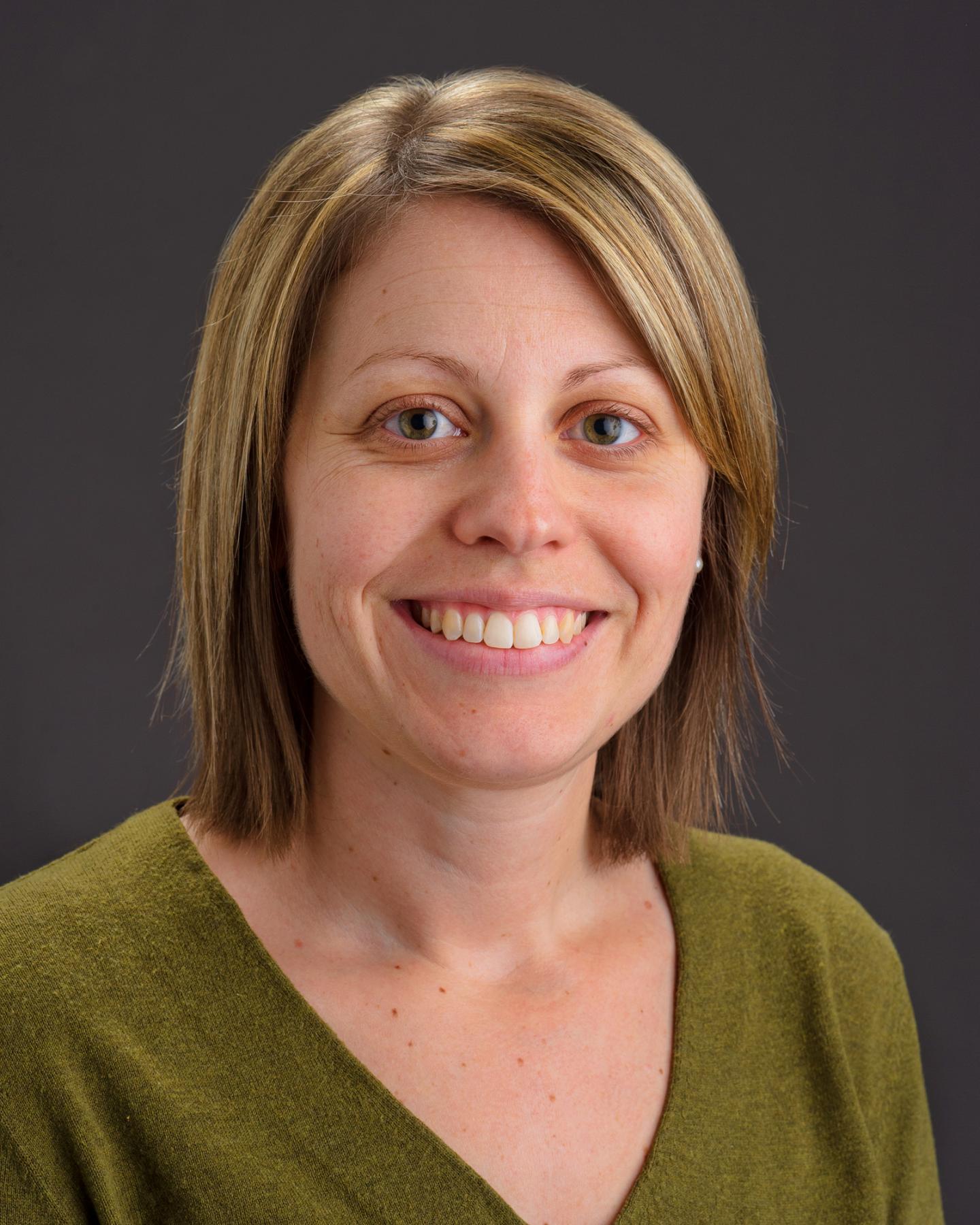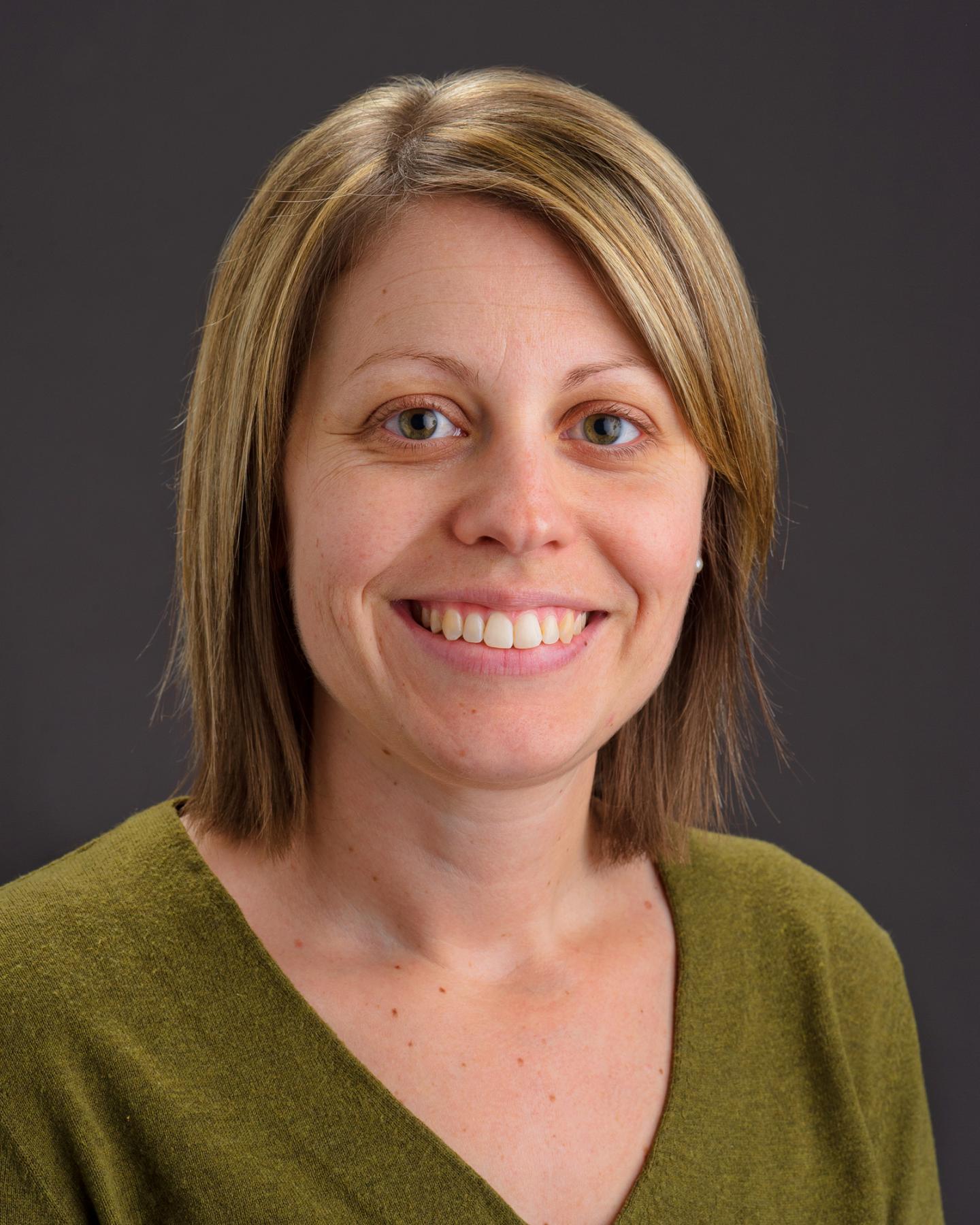
IMAGE: Jana Porter, associate director of the MU School of Medicine's Area Health Education Center and Rural Track Pipeline Program and lead author of the study
Credit: Justin Kelley, University of Missouri Health
Mirroring national trends, 97 percent of the 101 rural counties in Missouri are designated Primary Medical Care Health Professional Shortage Areas by the U.S. Department of Health and Human Services. Many medical schools across the country have developed admission policies and clinical training programs to address rural physician workforce shortages in their state. Now, a recent study by the University of Missouri School of Medicine shows one of its programs enhances training and may increase interest in rural practice for graduating medical students.
"Clinical training alone is not enough to prepare, attract and retain new physicians in rural practice locations," said Jana Porter, associate director of the MU School of Medicine's Area Health Education Center and Rural Track Pipeline Program and lead author of the study. "We developed the Community Integration Program in 2006 as part of our pipeline program to further encourage students to practice in rural settings after they graduate. We wanted to better understand what the students' experiences were with this service learning program, and if it might affect their decision to practice in a rural community."
The Community Integration Program encourages third-year medical students completing clinical clerkships at rural sites to identify a health need in that community and then, with assistance from the Area Health Education Center and local organizations, implement a project to meet that need.
From 2007 to 2013, 53 percent of MU rural track students participated in the Community Integration Program. After the experience, participants reported a deeper understanding of the importance of their service as rural health providers and the influence rural culture had on their interactions with patients. Participants also reported they felt more integrated into the community, had a greater understanding of community health needs and were more likely to participate in future community service activities.
"In the United States, only about 10 percent of physicians practice in rural areas, and less than 3 percent of entering medical students nationally plan to practice in a rural community or small town," Porter said. "The more we are able to immerse students into settings where they have deeper, more meaningful interactions with their patients, the better they will understand the impact they can make as physicians. For those who already show an interest in serving a rural population, this program reaffirms that choice. However, if we can expand it to include those who would like to try the experience, we may attract additional students."
Future research will focus on determining the effects of program participation on practice location retention and community involvement of graduating medical students.
###
The study, "How We Incorporated Service Learning into a Medical Student Rural Clinical Training Experience," recently was published in Medical Teacher, an international journal of health sciences education. Funding for the study was provided by the Health Resources and Services Administration (U77HP01069). The content of the article is solely the responsibility of the authors and does not necessarily represent the official views of the funding agency.
About the MU School of Medicine
The MU School of Medicine has improved health, education and research in Missouri and beyond for more than 165 years. MU physicians treat patients from every county in the state, and more Missouri physicians received their medical degrees from MU than from any other university. For more information, visit http://medicine.missouri.edu/.
Media Contact
Jeff Hoelscher
[email protected]
573-884-1608
@mizzounews
http://www.missouri.edu





